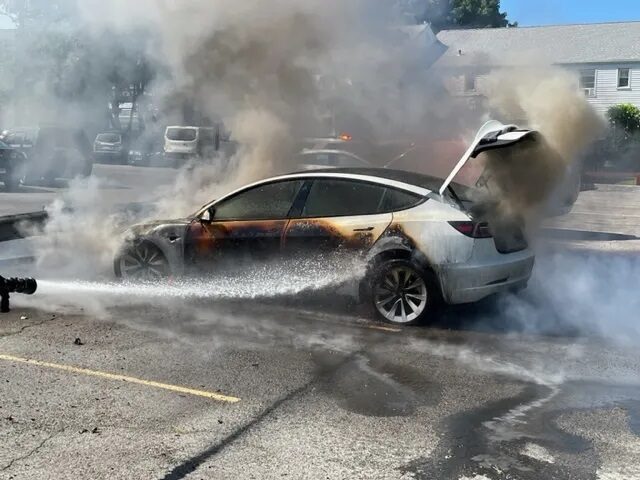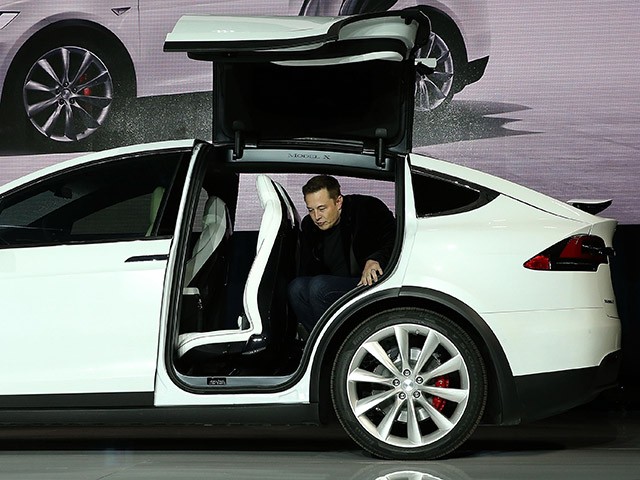In a recent op-ed, the Washington Post outlines how Tesla’s battery issues and fires may not just be due to poor design and manufacturing but a side effect of electric vehicles relying on lithium-ion batteries.
The Washington Post reports in an op-ed titled “Tesla’s Big Batteries Aren’t the Fire Problem. Lithium Is,” that Americans should be questioning whether lithium-ion powerpacks should be used for applications such as electric vehicles. The piece argues that the science of lithium-ion batteries make them inherently dangerous.
The Washington Post writes:
The large-scale use comes with significant risks, although most modern power systems choose this formulation because it boasts higher energy density, as well as greater charging and discharging efficiency. However, lithium-ion batteries have a volatile, flammable electrolyte. So, while there are safeguards to avoid fires, all the combustible ingredients are still there. Flames can accelerate through chain reactions, known as thermal runaway.
Big batteries are made up of several cells packed together. Current is constantly flowing inside, which generates heat. If there are no barriers between the components, a failure in one part quickly cascades through. While elaborate (and critical) equipment for cooling the system is put in place, it draws on the energy of the actual powerpack and reduces its output. In addition, when charged, a coat of lithium metal can form on the surface and dendrites, or needle-like structures can grow, and lead to short-circuits.
There are other considerations, too. For instance, in its review of battery failures in 2019 and 2012, the Arizona State Commission pointed to reports of “fires with 10 feet to 15 feet flame lengths that grew into 50 feet to 75 feet flame lengths appearing to be fed by flammable liquids coming from the cabinets.” After one incident, it took nearly three months to discharge the stranded energy.
Fires have been a major issue for Tesla vehicles in recent years. Breitbart News recently reported that another Tesla caused major issues after catching fire with firefighters in Stamford, Connecticut, struggling to put out the blaze. Breitbart News has reported that fire departments have begun recognizing that electric vehicle fires pose a significant danger and need further training to handle them appropriately
The issue of battery usage in electric vehicles has been a point of concern amongst experts in the industry in recent months. Markus Heyn, the head of mobility services for Bosch, recently warned the electric vehicle industry over its overreliance on a single fuel source — battery cells — as Europe’s energy crisis worsens.
Heyn, who’s also a board member of the auto parts giant, told the Monday edition of the Stuttgarter Zeitung: “We’re currently seeing the consequences of the gas shortage for Germany and Europe because we prepared too few alternatives. In the automotive industry, we should use this occasion to ask ourselves what we can do if there should ever be too few battery cells.”
Read more at the Washington Post here.
Lucas Nolan is a reporter for Breitbart News covering issues of free speech and online censorship. Follow him on Twitter @LucasNolan


COMMENTS
Please let us know if you're having issues with commenting.